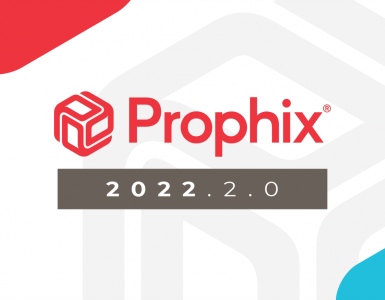When it comes to ERP systems, the market is saturated with endless choices, all of which can offer something unique to your business. Before investing both time and money implementing a particular system, it is important to understand your detailed business requirements and align them with the native functionality of the ERP systems you are evaluating. This will ensure you are selecting the best fit for your organization.
In this blog, we explore the general differences between the Microsoft Dynamics’ GP, NAV and AX ERP systems. Please note that these generalities don’t apply to everyone. It is important that your decision is based on your organization’s specific business requirements.
GP
Traditionally, Microsoft Dynamics GP has been the most popular ERP system in the Microsoft Dynamics portfolio. With its strong financial management modules and basic operational modules, its capabilities are well suited for small to mid-size organizations that are moving from an entry level system.
For organizations with more complex operational needs, GP offers a multitude of 3rd party modules. Please note that these modules are not native to the GP system but rather “bolt-ons.” To help ensure a smooth implementation of the GP solution, you want to be confident that your implementation partner fully supports GP and all third-party modules included in the project or they have referenceable clients that can speak to the success of the partnering relationship(s) they are proposing. Projects that involve multiple vendors without a successful implementation history tend to cost clients additional time and money.
NAV
Dynamics NAV is oriented toward small and mid-market companies that have a local singly-controlled finance operation. Its multi-language and multi-currency capabilities make it a popular choice for companies conducting international business.
Similar to GP, NAV includes strong financial management modules. However, in addition to the financial management modules, NAV includes “out-of-the-box” advanced functionality for such things as distribution, job control, manufacturing, service management and CRM, making the solution better suited for organizations with more complex operational needs than GP’s functionality offers.
Also, NAV comes with a wide range of customization tools, allowing users to create functionality unique to their business needs. Even given NAV’s higher price point, we are finding that an increasing number of small to mid-market companies are choosing NAV over GP to accommodate today’s ever-changing business environment.
AX
In contrast to GP and NAV, AX is considered a Tier 1 solution, better suited for enterprise-sized organizations. AX offers less flexibility with “out-of-the-box” functionality, requiring more configuration and customization. This allows organizations to have strict process conformity across their entities, ideal for domestic and international organizations that have a consolidated structure with entities that have their finance functions and/or a shared services finance group.
These configuration and customization capabilities make AX a very powerful solution. However, it makes it a more complex system to implement and support. This results in a much higher implementation and support cost in both time and money. Implementations can take 12-24 months compared to the 3-6 month timeframe for GP and NAV. AX typically has full-time development resources and an in-house IT group.
The Future
Based on market trends, I would predict NAV to continue to grow in popularity, especially in the mid-market. It has been several years since Microsoft has made significant updates or investments to GP, suggesting their focus may be elsewhere. Microsoft Dynamics NAV offers more capabilities than GP, presenting itself as a viable alternative for both small to mid-market companies.
Other key considerations for Dynamics customers is reporting, forecasting, and business analytics. We find that GP and NAV customers, in particular, tend to rely heavily on Excel due to the restrictions of the solution (i.e. Management Reporter, GL budgeting, consolidation and consolidated reporting). These restrictions are driving Dynamics users to seek CPM solutions.
Last year Microsoft launched a platform called Dynamics 365 which bundles Dynamics CRM, AX and Office 365, Power BI and PowerApps together. This trend is not new in the software world but demonstrates Microsoft’s commitment to its Dynamics business; few other platforms offer a common platform and data model for CRM & ERP applications with the bonus of Office capabilities.
Prophix & Dynamics
Regardless of which Dynamics solution you implement, we find that the majority of companies are leveraging Excel for financial and operational reporting, budgeting/forecasting and/or consolidations due to the limited functionality within their Dynamics solution. Customers consistently complain about the time and effort required to complete their financial processes due to the manual nature of Excel. More importantly, they worry about the accuracy of the data.
Prophix enables companies to seamlessly integrate data directly from Dynamics and other data sources (i.e. payroll, CRM, etc.) creating a single version of the truth. Companies who have implemented Prophix mention that they have experienced a positive return-on-investment with measurable time savings, allowing the office of finance to better use company resources to focus on strategy-driven projects.






